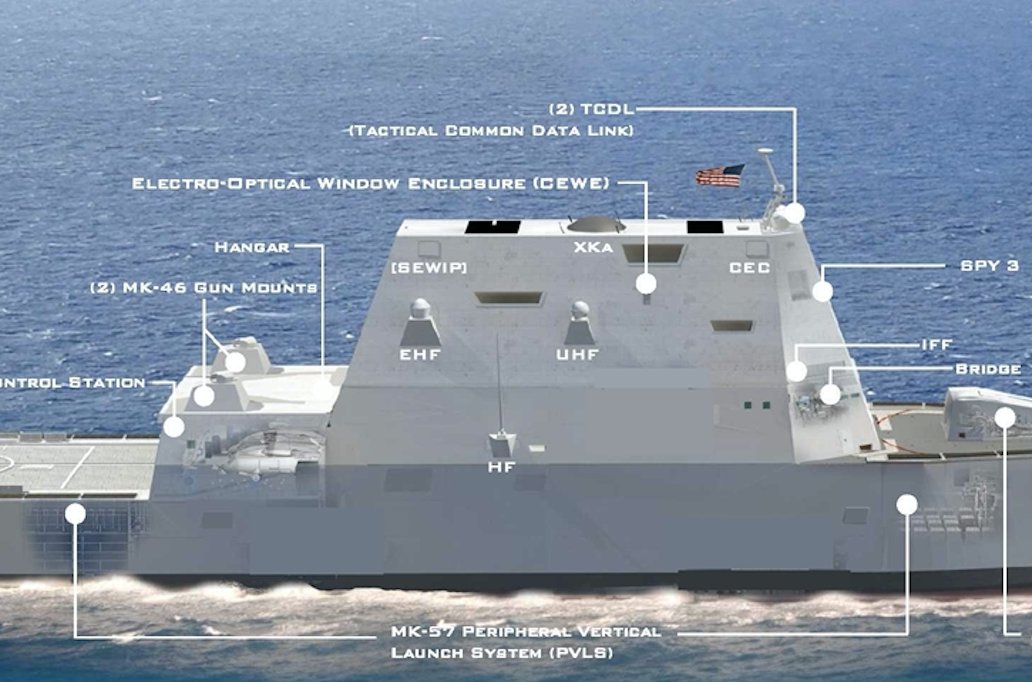What’s Boeing Worth and other accounting 101 confusion? The
asset is a valuation of what a company owns even though it may have borrowed
money for its ownership. An asset is typically valued by amounts of cash in the
bank, buildings and other material items. The liability is a matter of debt
value when acquiring its assets. Market capitalization is the value of
outstanding stock it has with its stockholders. It falls on the Liability side
of the balance sheet. Remember Assets equals Liability and outstanding shares
of stock is a liability equaling, in part, its asset value. A corporation
uses stocks to expand its existence. In other words, it issues more stock as a
financial source for corporate uses.
When a liability is reduced, then the asset must reduce as
well with same value. A better understanding of corporate stock value clears up one part of the balance sheet. Outstanding stock is a liability until
the corporation buys back its outstanding stock. In order to do this the
cash/asset position is reduced by the same amount of the current stock buy back value.
It gets weirder, when considering all the liability meanderings on
the right side of the balance sheet. There is another category or two such as
Owner Equity and Dividend paid out. We are just getting started and accountants
are paid the big bucks for just taking care of one item off its balance sheet. When
all the flows trickle through the accounting cycle there could be an increase
to Owner’s equity while offsetting some sort of liability or Asset proposition.
Dividends declared reduces cash while paying out a value to its stockholders
but does not reduce its own stock capitalization value. You now know it as
outstanding shares with corporate market values, which sounds kind of like a debt or
liability where it may offset the asset by the same amount (left side) of the balance
sheet. Stockholder trading is different than corporate trading. Therefore the usual accounting entries become a nominal exercise. Sometimes
a reduction in a liability is offset by an increase of a liability found within another
account. Sometimes a reduction of an asset (i.e. cash) is offset by an asset acquisition
such as equipment. Accounting becomes an Organized Mess at this point.
Back in my university days a very wise professor told the
freshman accountants to-be, “all accounting is a bunch of numbers that add up
to zero”. I wrote that down just in case it was on my next test. Back to Market
Caps before I digress with zeros. There is a stock called “treasury stock”. It
is not outstanding nor is it a liability, so it must fall on the left side of
the balance sheet as an asset nominally. The company owns it and will issue it
(outstanding) as a reserve source of cash liquidity.
If it does sell the stock, the sale value becomes an “outstanding”
liability in the same amount of what is deposited into its asset cash vault. It also becomes another owner’s equity liability. So what was the liability offset
before the treasury stock was sold? Some kind of debt on the books I suspect.
When the company sold its treasury stock for cash it may have paid off some of
its debt reducing the asset and liability netting another zero somewhere on a
journal near you. Accounting is getting fun as a board game of Monopoly.
Capitalization value is the total value of outstanding
stocks sold having a value in some point in time. There is a whole another
accounting floor taking care of Market Cap values. Boeing has a Market Cap and
it shows with its dichotomy of various share value outstanding over its
history of company issued stock transactions. Boeing can issue new stocks on the market
increasing its Market Cap. It can buy back shares thus reducing its Market Cap
by the sell price of each share.
The stock market is driven by stock sellers and
buyers and not by Boeing in this example. However, perceptions drive the market
giving stock a perceived value. Many things drive the open market value of
stocks. Just look at the news and watch stock values rise or tumble with the
news. However, Market Caps comes from the value of stock sold by the issuing
company and not the stock traders or investors. A perceived "Corporate Market Cap" affects stock
pricing traded in the open market. It could represent how much a corporation has in "outstanding share value" which may shadow its asset values to some extent. Bringing clarity to the forefront is Winging It's goal of bringing the score to null.


